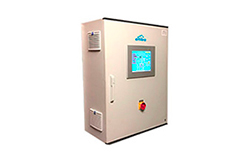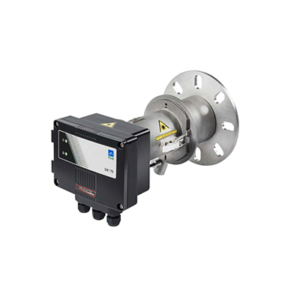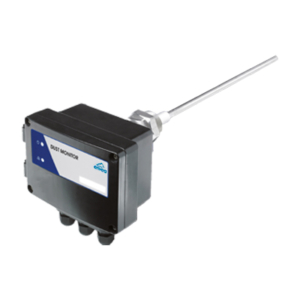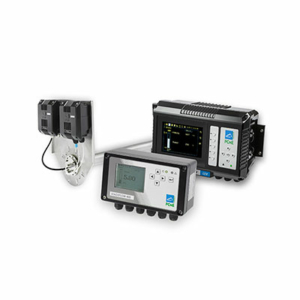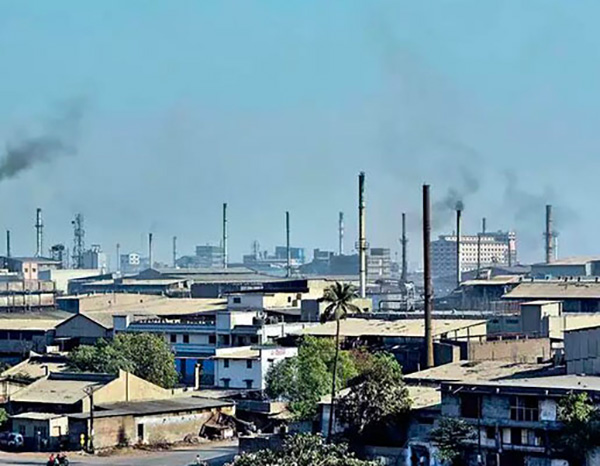
In India’s War to fight against Air Pollution, GPCB has launched Emission Trading Scheme (ETS).
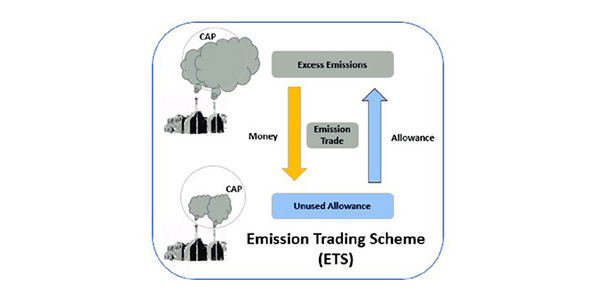
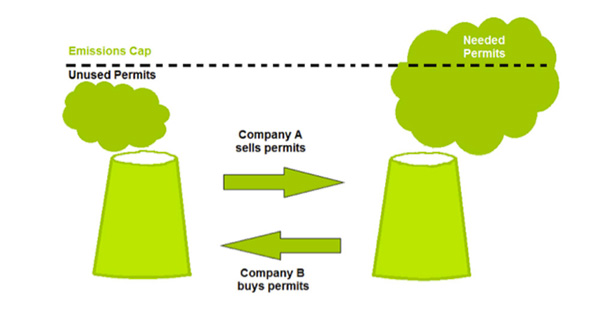
Industries Involved in ETS
With activities in India since the 1990’s, ENVEA India Pvt Ltd has delivered and installed hundreds of air pollution monitoring networks, perfectly addressing Indian Government supportive measures and regulations to curb air pollution. Furthermore, through its continuous stack emissions monitoring systems being installed in a huge number of industries across the territory such as: chemical & petrochemical industries, cement plants, metal & paper mills, etc., ENVEA assists their effort to come closer to compliance and meet pollution reduction goals.
Besides these industries, on focus since several years, the textile manufacturing is now under the spotlight.
Textile manufacturing is a vast and immense industry that involves complex processes. It goes through a series of steps like transformation of fiber into yarn, yarn into fabric and so on to end up with the clothing as the final product. In Ahmedabad, there are many small units that carry out only specific individual processes such as spinning, other industries carry out the weaving process and others the dyeing, printing or finishing. These processes are carried out by separate industries.
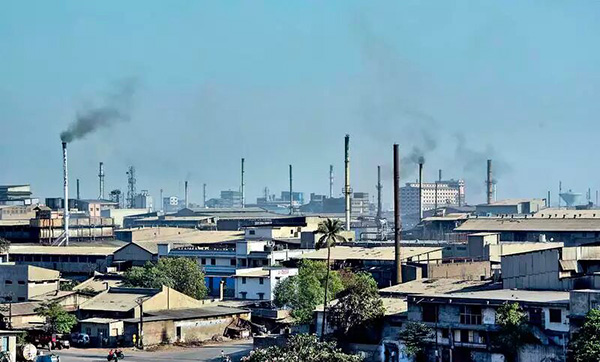
Solutions Provided by ENVEA
Challenges faced during ETS project
To address these challenges, we approached the various associations through which the industries are connected. We held meetings at the association offices to guide the industry executives on the technology and how it will meet their needs.
Future Scope of ENVEA
ENVEA provides its support and knowledge to the CPCB and the government in the state of Punjab and throughout the country under the ETS program.
It is therefore already clear that it makes economic sense to invest in emission reduction technologies that will reduce pollution and environmental impact. The program aims to reduce the cost of compliance for industries while meeting the state’s air pollution targets.
Verwandte Inhalte
Informationsanfrage
